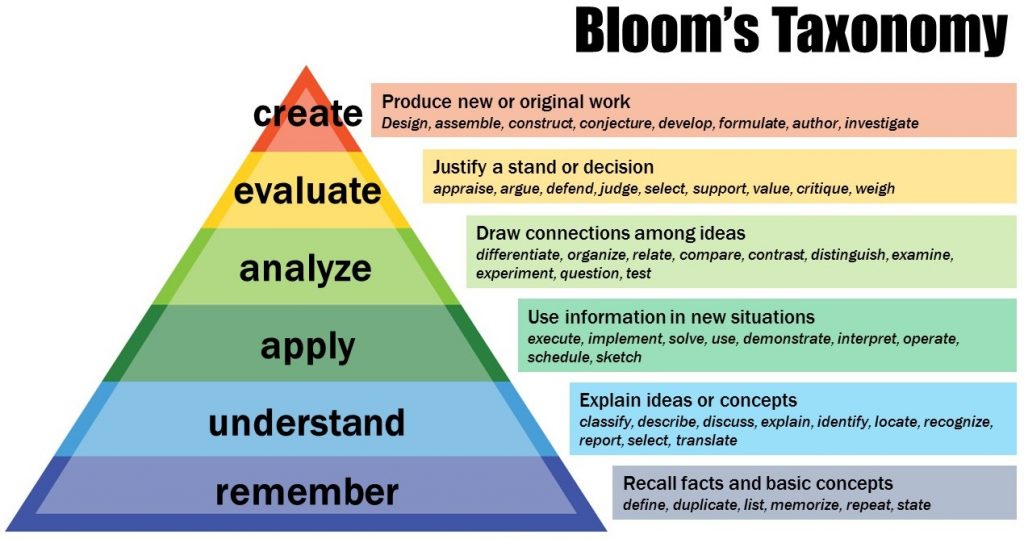
I’ve been working with SAT students for over 15 years, and students who see very significant score improvement share some common traits. The great thing about these traits is that they are also traits that lead to success as adults (which is one of the reasons that SAT/ACT prep is my favorite work that we do: I get a chance to help students develop some important mindsets they’ll need for success in college and life!)
Here are the most important traits/mindsets when it comes to improving SAT scores
Curiosity: Why?
Questions are the key to unlocking more of what the student knows about any given problem, and questions ABOUT the questions will allow students to learn more about the types of mistakes they make. The more questions a student comes into their session with, the more they will get out of their sessions. “I don’t know how to do this problem” might be a true statement, but too many students end their exploration there. Asking questions like:
“What does this word mean? What is the part of speech?”
“What is the purpose of this passage/paragraph/sentence?”
“What do I understand about this passage/paragraph/sentence?”
“What is the question asking?”
“What concepts does this problem deal with? What do I know about those concepts?”
“Can I draw a picture? Can I plug numbers in? Can I use my calculator?”
“What kind of mistakes am I most likely to make on a problem like this?”
“What is confusing about this question/passage?”
…and many, many more…
lead to students’ realizing that they understand more, often much more, than they thought they did (and being able to answer questions that they didn’t think they could initially.
How a student can develop curiosity in their test prep: Take a “fake it until you make it” approach. Create a checklist of questions to ask when you get stuck on a problem (from the list above, or questions that you find useful). When you miss a problem, work backwards to try to figure out what questions you COULD have asked to avoid the error you made. Think of a question that could apply to many situations rather than JUST this problem.
Discipline: The way you do anything is the way you do everything
It’s one thing to sit in a session with an instructor and talk about writing the purpose of the passage, using the process of elimination, underlining the question, checking your work, plugging in numbers, etc, etc. It’s another to do those things, on problem after problem, without fail, in your practice. It’s even another thing to do those things for 4-5 hours straight under testing conditions during a practice exam (or the real thing!) In fact, it’s the discipline to do every problem to the best of your ability in your practice that leads to doing it on the real test. Every practice problem is an opportunity to reinforce good (or bad) habits.
How a student can improve discipline on the test: Make sure that any practice is done only when the student is in a state of positive mental energy. No staying up late to get SAT practice done, because in low energy conditions, it’s more likely the student will take shortcuts, not make second efforts, not show and check work, etc. Planning ahead can help ensure that homework is done when the student is at maximum mental energy. Have a checklist of your most common lapses in discipline, and have that with you when you practice. Stay strong and develop good habits!









